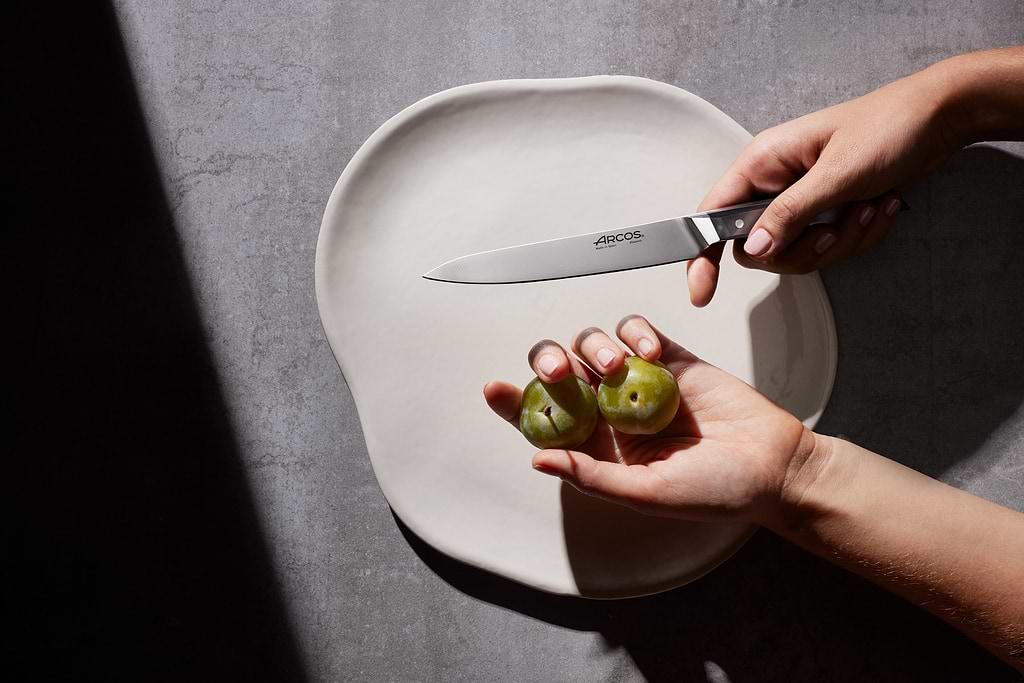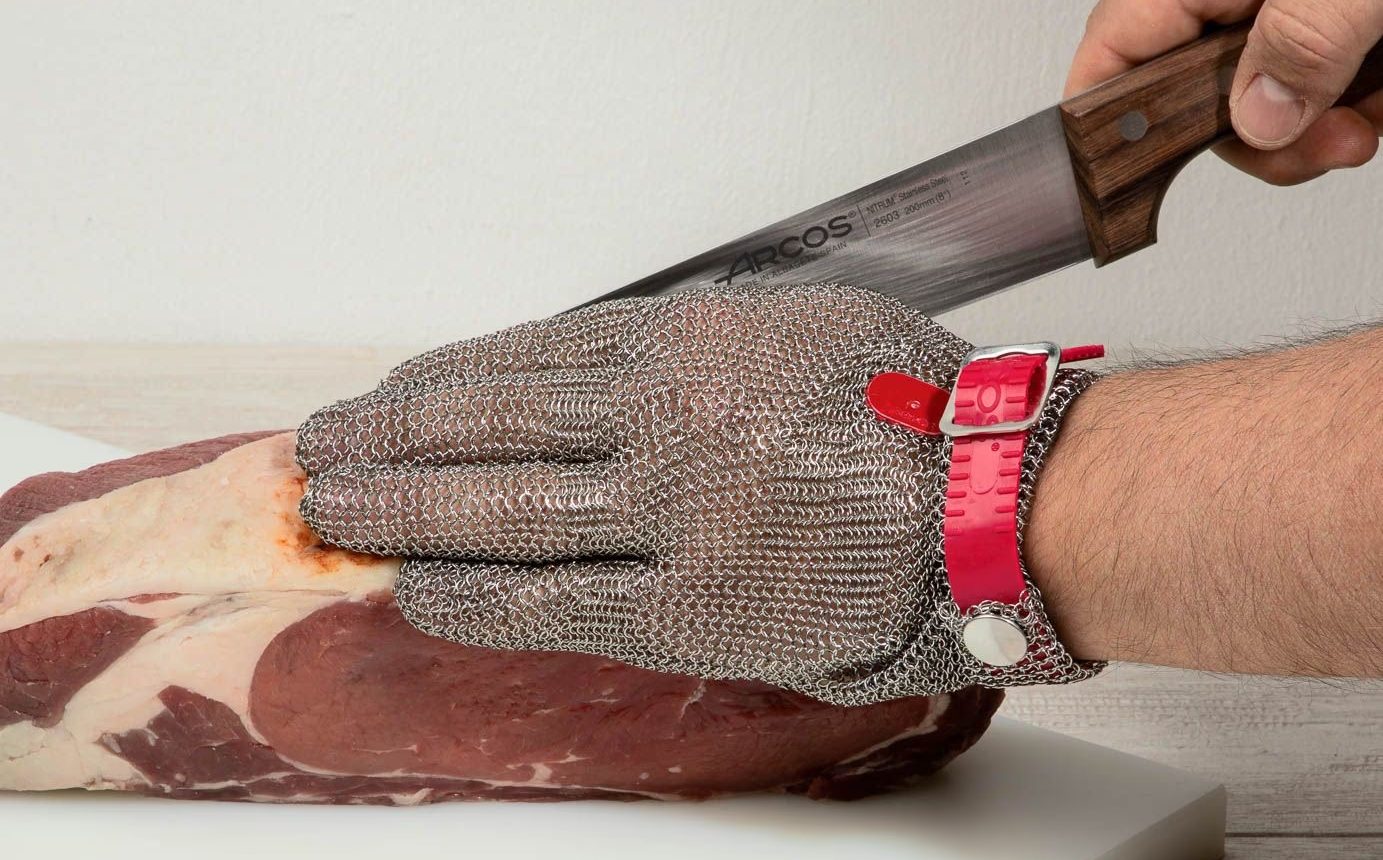First Aid in the Kitchen
First aid in the kitchen: What to do in case of an accident?
The kitchen is where creativity really comes alive at home, especially for food lovers like you and us. But it’s also one of the rooms where you’re most likely to have little (and sometimes not-so-little) household accidents. Cuts, burns, injuries… the list goes on, and we don’t always think about it. Honestly, who’s never ended up cutting themselves with a knife or getting burned by a pan? No one—we’ve all been there at some point!
Knowing how to react quickly and correctly can make all the difference between just a minor scare and a real problem. And since we want to help you avoid that, today we’re highlighting the importance of knowing basic first aid in the kitchen it’s the best way to handle those everyday accidents safely. Take note, because these tips can seriously save your skin more than once!

The most common kitchen accidents
Peu importe ton expérience ou ta prudence en cuisine, les accidents arrivent toujours sans prévenir, juste au moment où tu prépares ton plat préféré ou quand tu profites de ton passe-temps favori : cuisiner.
Connaître les types d’accidents les plus fréquents en cuisine, ça te permet d’être bien mieux préparé et de prendre les précautions qu’il faut pour rester en sécurité pendant que tu es « les mains dans le cambouis ».
- Coupures et blessures: que ce soit en utilisant un couteau bien aiguisé sans trop faire attention, en essayant d’ouvrir des paquets compliqués ou en coupant les aliments à la va-vite, toutes ces situations peuvent facilement finir en bonne coupure. Le plus souvent, ce n’est pas bien grave, mais parfois, ça peut être plus profond que ça en a l’air.
- Brûlures: l’huile qui éclabousse, la plaque qu’on laisse allumée, ouvrir le four sans protection ou toucher une poêle par mégarde… Ça te rappelle quelque chose ? Oui, tout le monde sait que les brûlures font partie des accidents classiques en cuisine.
- Chocs et chutes: c’est vrai que c’est moins courant que les coupures ou les brûlures, mais ça arrive quand même, et mieux vaut rester vigilant. Les fameux coups avec des ustensiles lourds qui peuvent causer de vraies blessures, ou encore les glissades à cause du sol mouillé dans la cuisine.
Connaître les gestes de premiers secours et réagir vite quand ça arrive, c’est la clé pour éviter que ça ne se complique. Fais-nous confiance, personne n’a envie que ça tourne mal !
First aid: cuts and wounds
If you ever cut yourself while cooking, the first thing to do is stay calm at all times. It’s super common, especially if you’re using different types of knives to cut food, meat, or fish. Once you’ve calmed down, here are the steps we recommend you follow—whether you’re the one who’s hurt or helping someone else in your family:
-
Clean the wound well: Wash your hands before touching the injury. Hold the affected area under cold running water to get rid of blood, dirt, or any bits of food that might have stuck to it.
-
Disinfect the area: Use a suitable antiseptic for this. Don’t use cotton—it’s better to apply the antiseptic directly to the wound so you don’t leave any fibers in the skin.
-
Stop the bleeding: Gently press the wound with a clean gauze pad or cloth for a few minutes. If the bleeding doesn’t stop after 10 minutes or the cut is deep, don’t hesitate—go straight to the emergency room.
-
Protect the wound: Use a plaster or clean bandage—whatever you have at hand and depending on the size of the injury. Change the dressing regularly and keep an eye out for any signs of infection, like redness, pus, or ongoing pain.
Knowing how to treat a cut or knife wound properly is essential to avoid infections or unnecessary scars. Trust us—the most important thing is to keep calm and decide for yourself if you need to get help from a healthcare professional.

How to treat a knife cut on your finger
Like we mentioned earlier, cutting your finger with a knife is the absolute classic of kitchen accidents. The most important thing is to clean the wound well to remove any bits of food. If you’re bleeding a lot, raise your hand above heart level to slow down the bleeding. And if the cut is deep, don’t try to close it yourself it’s best to see a doctor in that case.
The best way to avoid this kind of mishap is to always use high-quality knives and keep them well sharpened, that way they glide more easily.
How to treat a cooking oil burn
And finally, let us just say that there’s nothing better than prevention. Always use good quality, sharp knives, cut your food on a stable cutting board, don’t leave dangerous tools within kids’ reach, and wear protective gloves for the oven or when you lift lids with steam.

First aid in the kitchen: Basic tips to avoid cuts, injuries, and burns
From experience, we can tell you that burns from hot oil or the oven really hurt. If this happens to you, immediately run the area under cool (but not icy) water—ice-cold water can actually make things worse. Then, cover the burn with a sterile compress or a non-stick dressing. Forget about home remedies or so-called tricks you’ve seen on social media without any medical proof—they can just make the injury worse.

